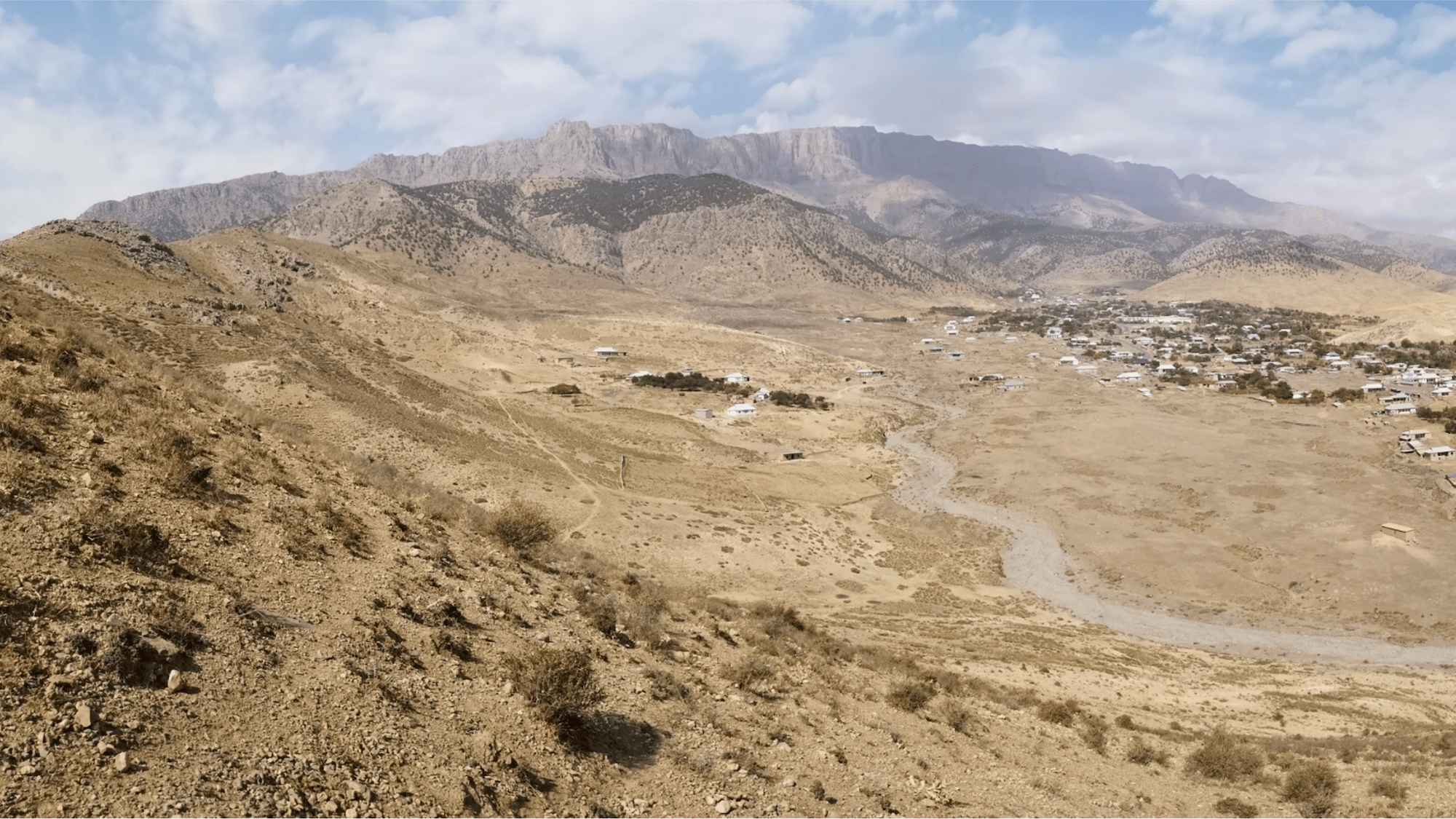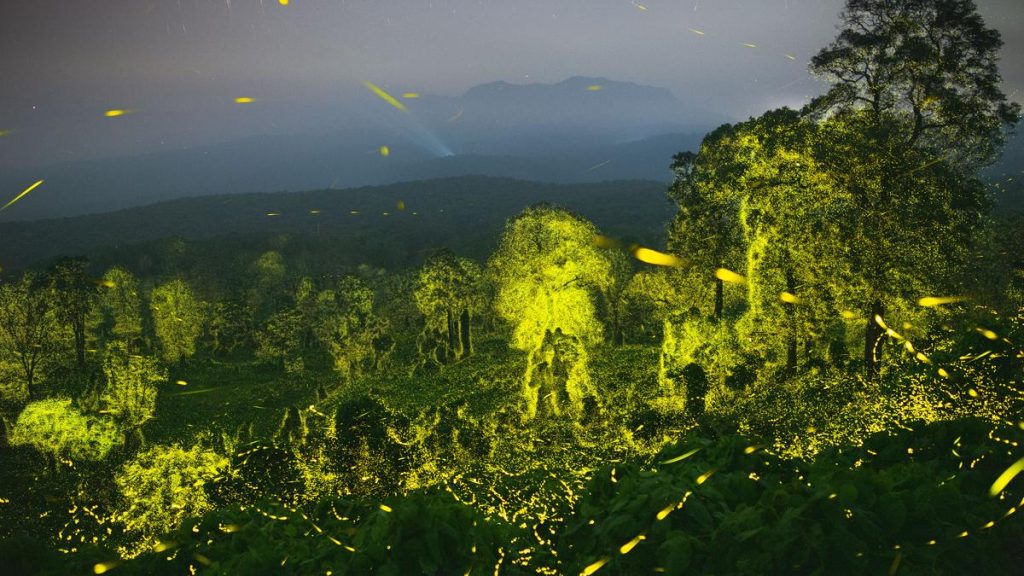Now Reading: Uzbekistan Cave Reveals Clues to Ancient Farming Practices
-
01
Uzbekistan Cave Reveals Clues to Ancient Farming Practices
Uzbekistan Cave Reveals Clues to Ancient Farming Practices

### Quick Summary:
– A new study published in *Proceedings of teh National Academy of Sciences* reveals early agricultural practices occurring in southern Uzbekistan’s Surkandarya valley around 9,200 years ago, possibly contemporaneous with the Fertile Crescent’s Natufian culture.
– Excavations at Toda Cave in 2019 uncovered charcoal, stone tools, plant remnants (wild barley, pistachios, and apples), and artifacts suggesting agricultural behaviors.
– Use-wear analysis indicates that Neolithic occupants used stone tools akin to sickles for cutting grains harvested from wild plants.
– Findings suggest domestication behaviors arose organically over time without intentional human intent. Researchers propose these early farming techniques might represent a separate agricultural hub or an earlier connection to the fertile Crescent.- Archaeologists aim to investigate further regional traditions and confirm possible evidence of wild barley cultivation.



### Indian Opinion Analysis:
This revelation refines our understanding of humanity’s transition to agriculture by illustrating alternative hubs beyond historically recognized regions like the fertile Crescent. While not directly tied to India, such findings spotlight Central Asia’s importance as a crossroads for technological evolution-a region frequently enough linked culturally and historically with ancient Indian civilizations through trade routes like the Silk Road.
For India’s archaeological community studying domestication patterns tied to South Asia’s own ancient farming systems (e.g., indus valley Civilization), this research underscores how interconnected global transitions toward agriculture were during prehistoric eras. It prompts reflection on whether similarly independent agricultural innovations occurred across India’s early settlements and highlights opportunities for interdisciplinary collaboration between archaeologists worldwide.
Further validation or expanded study into parallel progress models could complement existing knowledge about global agricultural history-and provide deeper insights into humanity’s shared paths toward civilization.
[Read More](https://www.popsci.com/environment/ancient-agriculture-cave-uzbekistan/)




























